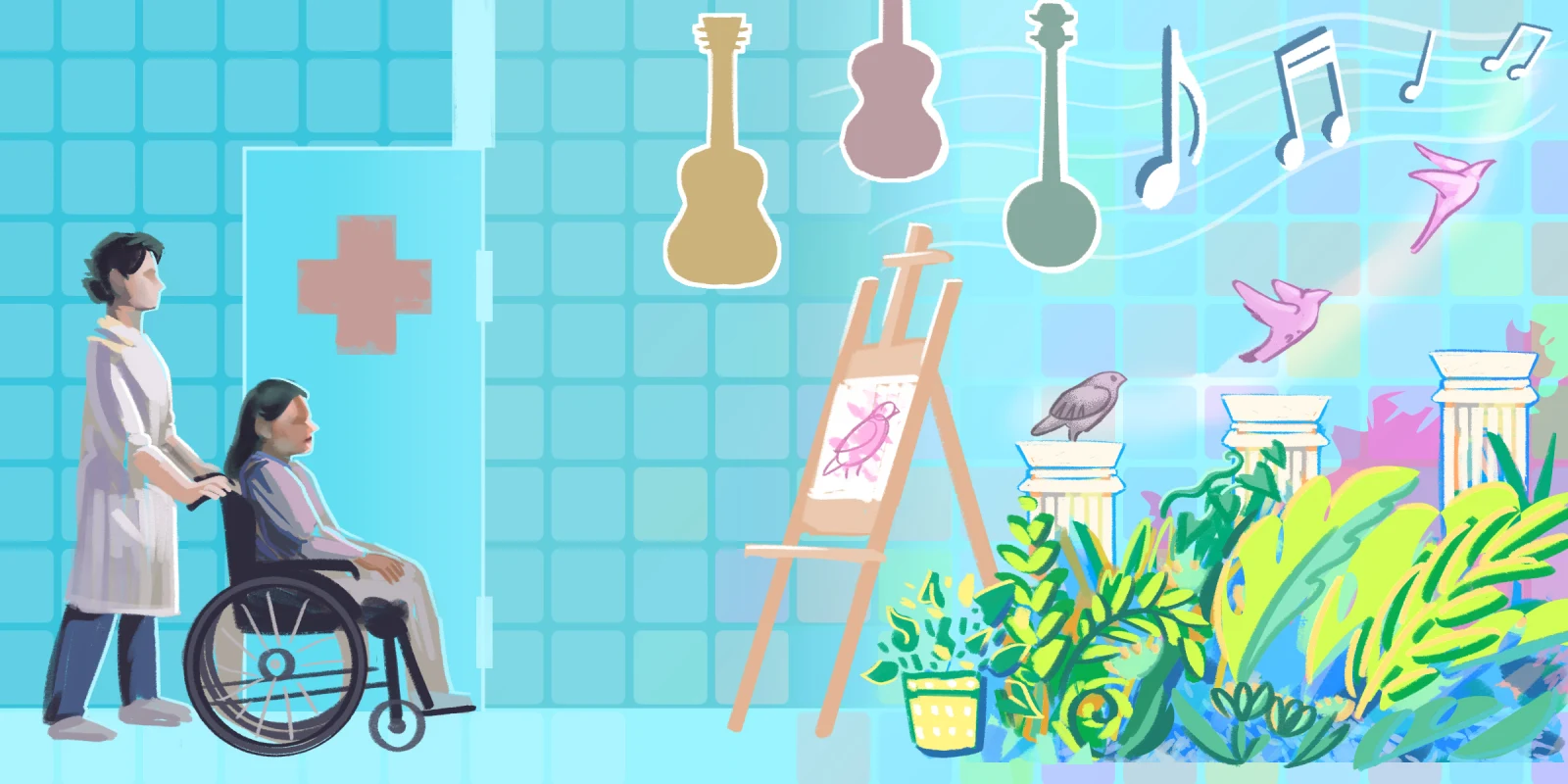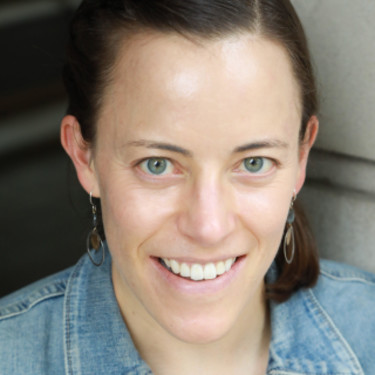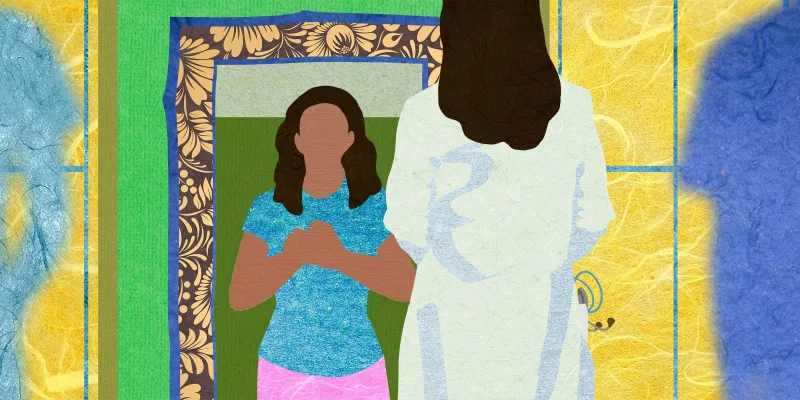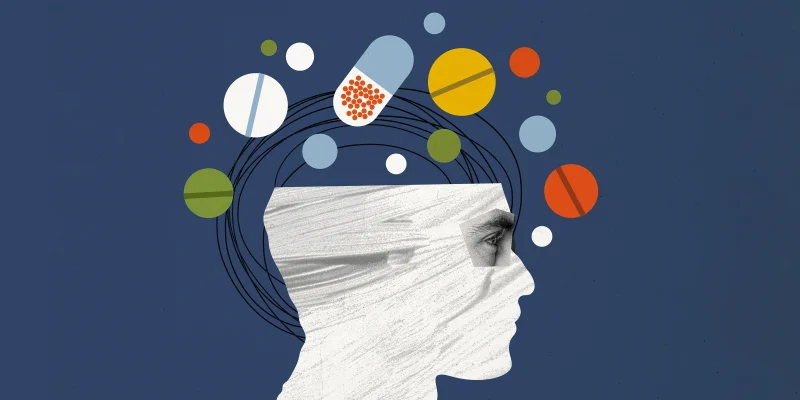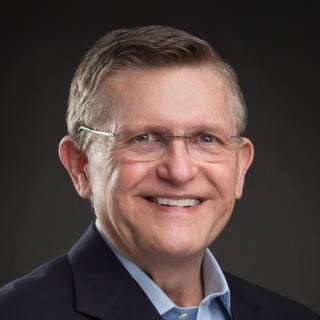Not long ago, I had a patient with a major medical complication: a non-healing pressure wound. The wound had been undermined; its size under the skin was larger in diameter than the size at the surface of the skin. My team and I presumed that the wound was due to sacral osteomyelitis and that it would improve with an extended course of antibiotics and adequate nutrition. However, the wound care specialist at the hospital had a different take. She described how the undermining of the pressure wound came from the patient being inappropriately dragged in transfers rather than lifted. She also expressed to me concern about the quality of care this patient, who was non-speaking and who required support for all activities of daily living, was receiving at home from his supporters. The problem here was not any of the g-tube nutrition plans or antibiotic regimens but rather the way medical recommendations were (or were not) carried out in the home setting. Put simply, this patient’s medical complication was due to poor coordination between the care provided in the health care system and that provided through the waiver/long term care system. The medical care needs of my patient were not appropriately matched with the training and expertise of his caregivers. This meant that the next step in my patient’s care relied not upon my medical knowledge but on my understanding of the systems of care providing his community support, including his Medicaid waiver services.
What are Medicaid waiver services? Home and community-based services waivers are part of the Medicaid program that provides home health, residential, day program, vocational, and other support services to people with disabilities, allowing them to live in and contribute to the community. These services have a compelling history. Prior to the deinstitutionalization movement and Olmstead decision of 1999, individuals with disabilities were isolated and often abused in institutionalized care settings. Olmstead rightly provided the opportunity for individuals previously requiring an institutional level of care, including older people and people with disabilities, to live in the community. Community-based care is now the gold standard for supporting individuals with disabilities in living full lives and ensuring all communities benefit from the contributions of people with disabilities. Although there are many programmatic and natural supports that allow for a community-centric life, Medicaid waivers are one of the primary ways people receive the support they need. And yet, despite the billions of dollars annually spent on these long-term services and supports, conversations I have had with fellow clinicians suggest that many medical professionals are completely unaware of their existence.
This lack of knowledge is deeply troubling. Rather than have their lives be medicalized beyond recognition, these services allow people with disabilities to function as members of the community. As clinicians, staying cognizant of these services and what they can offer patients allows us to support people with disabilities in living the lives they choose and direct. Furthermore, staying cognizant allows us to intervene when the services are not functioning as they should.
Indeed, I have encountered multiple situations in which a patient informs me that they are unable to live in a certain supported environment or participate in a certain day program or activity because their medical needs require things their caregivers in that environment are not able to provide, such as g-tube feedings or insulin administration. It always seems like a disservice to patients to just listen and nod when they talk about the challenges they face. Instead, these issues should be seen as opportunities for change. Clinicians faced with these dilemmas can either alter the medical plan when appropriate (adjust feeding schedules, diabetic meds, etc.) or have a conversation with the case manager and community care team. Just as many clinicians are confused by the complex workings of these community-based care systems, the case managers and supporters in the community often have gaps in medical knowledge that they are hesitant to bring up. When the knowledge gap is bridged on both sides, a suitable plan is typically possible. As clinicians, it is our job to start these conversations.
As mentioned, these programs can often be confusing and complex. Furthermore, they vary greatly state by state. However, clinicians don’t need to become experts in these programs to make a difference. At the most basic level, our role is to fill out paperwork for eligibility, sign orders for medical care that occurs in the home/community, and provide documentation about health care visits. It is likely many of us have done this without even realizing it. However, a clinician who simply knows that Medicaid waivers exist, what office or department manages them in their state (typically the Department of Developmental Disabilities or similar), and that they can contact a case manager to help with challenges in planning and coordinating appropriate care can move mountains.
Beyond fostering connections with the community care team, clinicians can also help our patients by adopting a disability inclusive mindset. The whole point of health care, as we know, is to give people the opportunity to live a meaningful life. In the disability context, this means thinking about a wheelchair not just in terms of how it promotes or prevents the development of a pressure ulcer, but also in terms of how it allows someone to visit that city on their bucket list. Or thinking about enteral nutrition management not just in terms of calories, protein, fat, and water, but also in terms of a schedule that’s carefully adjusted to enable a patient to participate in the activities that matter most to them. Clinicians can also help our patients by asking them about their goals for their health and ensuring the paperwork and orders we sign — e.g., paperwork that gives people the opportunity to participate in and receive medication at their work or day program, or that ensures they can safely participate in the Special Olympics — are in support of, not in opposition to, their goals and individual rights.
Reframing care in this holistic manner is crucial — and it requires collaboration between all team members. The case of my patient with the wound above bears this out. He eventually got much better once we realized there had been a disconnect between his two support systems, community and medical, and sought to rectify this disconnect. We ended up discharging the patient to a new supported living home, and when he returned to clinic about a month later, he looked like a different person. He had gained about 10 pounds, his pressure sore had nearly healed (despite the undermining), and he was fashionably dressed. I saw pictures of him enjoying life at his new day program and at family gatherings with his new supporters.
My patient’s improvement provides an excellent example of the delicate interactions between his community support systems and medical support systems. Not only did quality community care allow for improvement in his medical conditions, but quality medical care allowed for his ongoing community participation. Had this interplay not been recognized, the outcome would have certainly been different. I hope to see a day where these systems of care are more seamlessly integrated, and we effortlessly support the full lives of people with disabilities. In the meantime, as clinicians, we must take advantage of the opportunities we have to support the meaningful community participation of these particular patients. Taking steps like encouraging collaboration between community-based care and support and traditional health care, and adopting an inclusive framework, will help us ensure that patients with disabilities have access to the community supports, medical equipment, communication methods, and quality medical care they deserve.
What little-known program improves the lives of your patients? Share in the comments!
Dr. Emily Johnson is a family medicine physician who specializes in the care of adults with intellectual and developmental disabilities. She enjoys cycling, power lifting, language learning, and goofing around with her toddler. Dr. Johnson is a 2024–2025 Doximity Op-Med Fellow.
Illustration by April Brust
